Have you ever stumbled upon a mysterious bird’s egg in your backyard or during a nature hike and wondered who it belonged to? You’re not alone! Many of us are fascinated by the colorful and diverse world of bird eggs but often find ourselves puzzled when it comes to identifying them. That’s where a bird egg identification chart comes in handy.
In this comprehensive guide, we’ll explore the exciting journey of using a bird egg identification chart. Whether you’re a budding birdwatcher, a curious high school student, or simply someone with a love for nature’s wonders, this guide will help you into an egg identification expert in no time.
Table of Contents
Crack the Code of Eggs!
Download Your Free “Birds’ Eggs” Ebook (Eyewitness Handbooks)
Unlock the fascinating world of bird eggs with FREE downloadable ebook, Birds’ Eggs (Eyewitness Handbooks) !

Explore stunning visuals, in-depth information, and all the incredible details about these avian wonders.
Download your FREE copy now and become a bird egg expert:
[Go To Here ]
Or if you have hard time to get Free Copy You can “buy us a coffee” for just $5 USD and get this downloadable PDF instantly! This is a fraction of the usual price of $41 USD in amazon.
Importance of bird egg identification
Imagine finding an egg nestled in the grass during your morning walk, or perhaps high up in a tree during a forest hike. Wouldn’t it be fascinating if you could tell what species laid that egg just by observing it? This is the magic of bird egg identification – it provides a window into the captivating world of avians without disturbing their natural habitats.
Bird egg identification is more than just a hobby. It is a vital tool in the field of ornithology and bird conservation. By identifying bird eggs, we can monitor the population and distribution of different bird species, understand their breeding patterns and behaviors, and contribute to the protection and preservation of endangered species.
Overview of using a bird egg identification chart
A bird egg identification chart is a crucial tool in this process. It is essentially a visual guide that presents information about various bird eggs, often categorized by factors like size, color, shape, and markings. Using this chart, one can match an observed egg with the corresponding bird species. But how exactly does one utilize this chart? What are the steps involved? What kind of information does the chart provide? Read on to find out!
Understanding the Bird Egg Identification Chart
Types of information provided on the chart
A bird egg identification chart is typically structured with multiple columns and rows, each representing a different bird species. These charts often provide the following types of information:
- Size: This may be represented in inches or millimeters, providing an estimate of the egg’s dimensions.
- Shape: Eggs can be oval, round, or even pointy. The shape can offer clues about the species.
- Color: From brilliant blues to earthy browns, bird eggs come in a myriad of hues. Some charts may use color swatches for easy comparison.
- Markings: Spots, streaks, blotches – markings can vary widely and are key factors in identification.
How to interpret the symbols and colors used
Besides basic information, charts often use symbols and colors to denote specific details. For instance, a color swatch next to an egg image represents its primary hue, while additional colors indicate various markings. Shapes may be described using simplified diagrams or descriptive terms. Size could be denoted by general categories like ‘small,’ ‘medium,’ and ‘large’ or by specific measurements. It’s crucial to familiarize yourself with the legend or key provided with the chart to accurately interpret these symbols and colors.
Identify Bird Eggs
Identifying bird eggs can be like solving a fun, outdoor mystery ! In this easy-to-follow guide, we’ll uncover the secrets of different bird eggs you might find in your neighborhood or on a nature trail. From their size and color to their unique patterns, we’re about to crack the code on bird egg identification.
1. Hummingbird Eggs


- Size: Hummingbird eggs are among the smallest bird eggs in the world. They are tiny, typically about the size of a jellybean or a small bean, usually measuring around 0.5 to 0.6 inches (13 to 15 mm) in length. Their diminutive size is proportionate to the small size of hummingbirds themselves.
- Shape: These eggs are generally oval in shape, but tend to be more elongated than spherical. This shape helps in fitting snugly into the compact nests that hummingbirds construct.
- Color: The color of hummingbird eggs is typically a plain, unmarked white or slightly off-white. This simplicity in coloration contrasts with the often vibrant plumage of adult hummingbirds.
- Markings: Unlike many other bird eggs, hummingbird eggs usually do not have any distinct markings or spots on their shells. Their surface is smooth and lacks the speckles or patterns found on many other types of bird eggs.
Overall, the eggs of hummingbirds are notable for their simplicity and miniature size, reflecting the delicate and intricate nature of these small birds.
2. American Robin
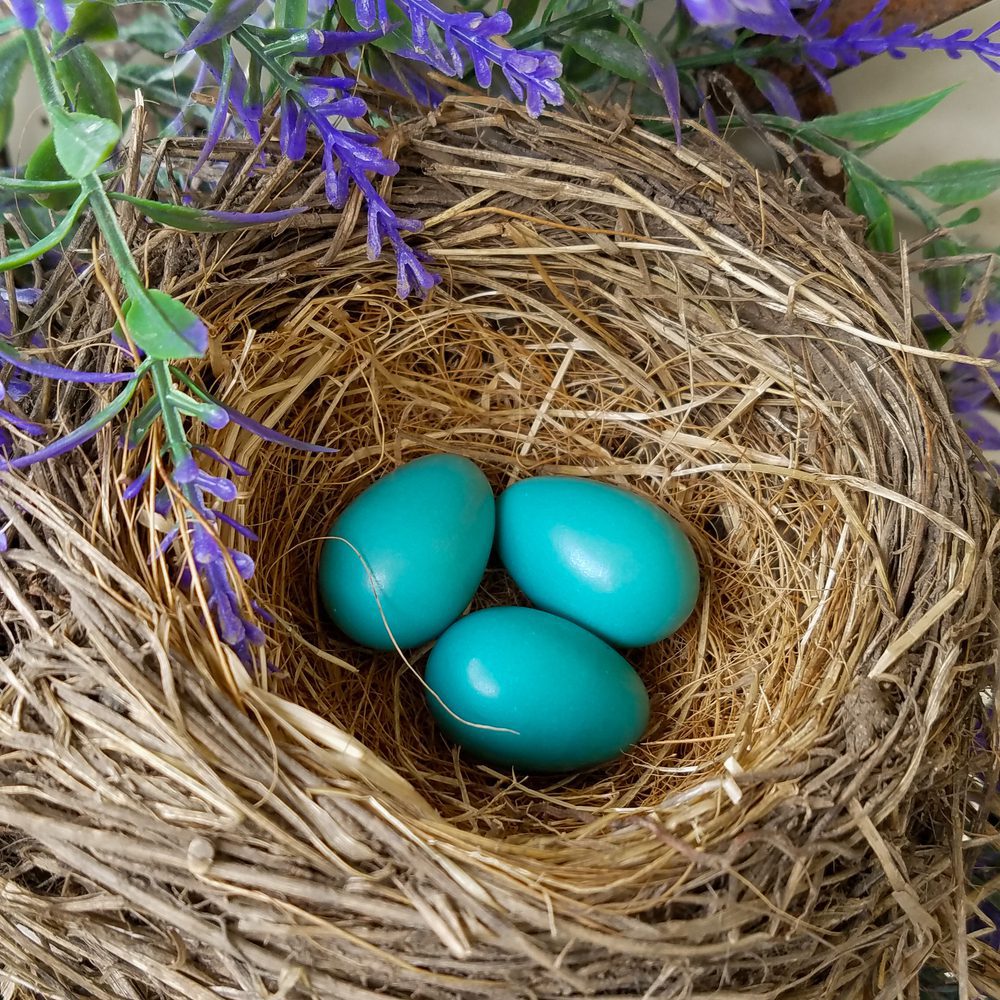

- Size: The eggs of the American Robin are moderately sized when compared to other bird eggs. They typically measure about 0.8 to 1.1 inches (20 to 28 mm) in length and about 0.6 to 0.8 inches (15 to 20 mm) in width.
- Shape: These eggs are generally oval but have a tendency to be slightly elongated. The shape is well-proportioned, offering a classic bird egg appearance.
- Color: One of the most striking features of American Robin eggs is their color. They are famously known for their bright blue hue, often referred to as “robin’s egg blue”. This vibrant color is a key identifying feature.
- Markings: Unlike many other bird eggs, American Robin eggs typically lack distinct markings or spots. Their shells are smooth with a somewhat glossy finish, and the uniform blue color spans the entire surface without interruption.
These characteristics make the American Robin’s egg one of the more recognizable bird eggs, with its vivid blue color often cited in popular culture and design as a standard shade.
3. Blue jay bird


- Size: Blue Jay eggs are medium-sized compared to other bird eggs. They typically measure about 1 to 1.3 inches (25 to 33 mm) in length and about 0.7 to 0.9 inches (18 to 23 mm) in width.
- Shape: The shape of Blue Jay eggs is oval, a common characteristic among bird eggs. The oval shape is slightly elongated, giving the eggs a slightly asymmetrical appearance.
- Color: The base color of Blue Jay eggs is a pale blue or blue-green, which serves as a background for their distinctive markings. This coloration allows the eggs to blend in with their natural surroundings.
- Markings: One of the most notable features of Blue Jay eggs is their markings. They typically have irregular brown, gray, or black spots and markings scattered over the surface. These markings can vary in intensity and distribution, but they generally cover a significant portion of the egg’s surface, creating a somewhat speckled appearance.
These characteristics make Blue Jay eggs easily identifiable, with their unique color and pattern setting them apart from the eggs of other bird species.
4. Goldfinch

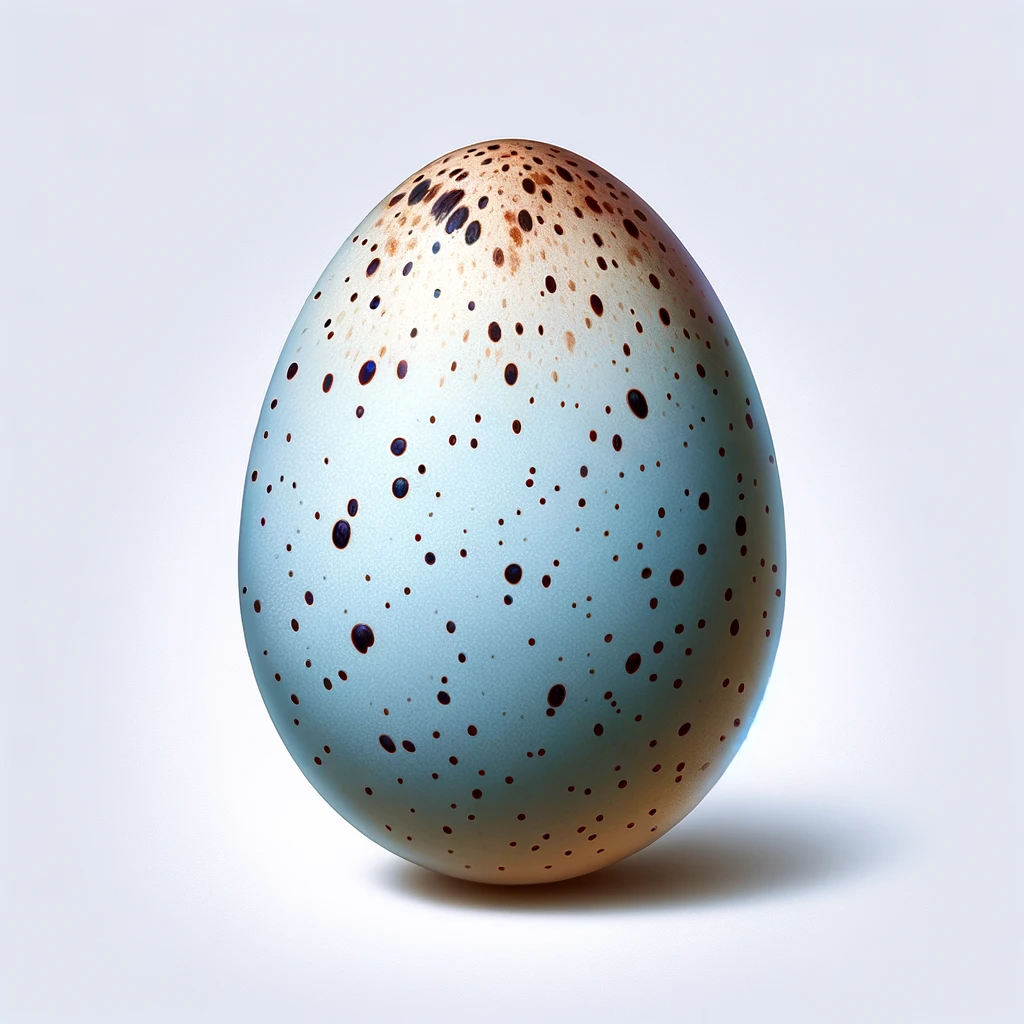
- Size: Goldfinch eggs are small, typically measuring around 0.6 to 0.7 inches (15 to 18 mm) in length and about 0.4 to 0.5 inches (10 to 13 mm) in width. This size is consistent with the small body size of the Goldfinch.
- Shape: The shape of Goldfinch eggs is generally oval, a common trait among many small bird species. The oval shape tends to be more elongated rather than spherical.
- Color: Goldfinch eggs are usually a pale blue to white in color. This light coloring provides a subtle background for the markings.
- Markings: The eggs of Goldfinches are characterized by fine, speckled markings. These markings are usually reddish-brown or purple and are more concentrated at the larger end of the egg. The pattern and intensity of the speckles can vary but they generally create a distinct and delicate pattern on the egg’s surface.
These features combine to give Goldfinch eggs their unique appearance, making them easily distinguishable from the eggs of other birds.
5. Mourning Dove
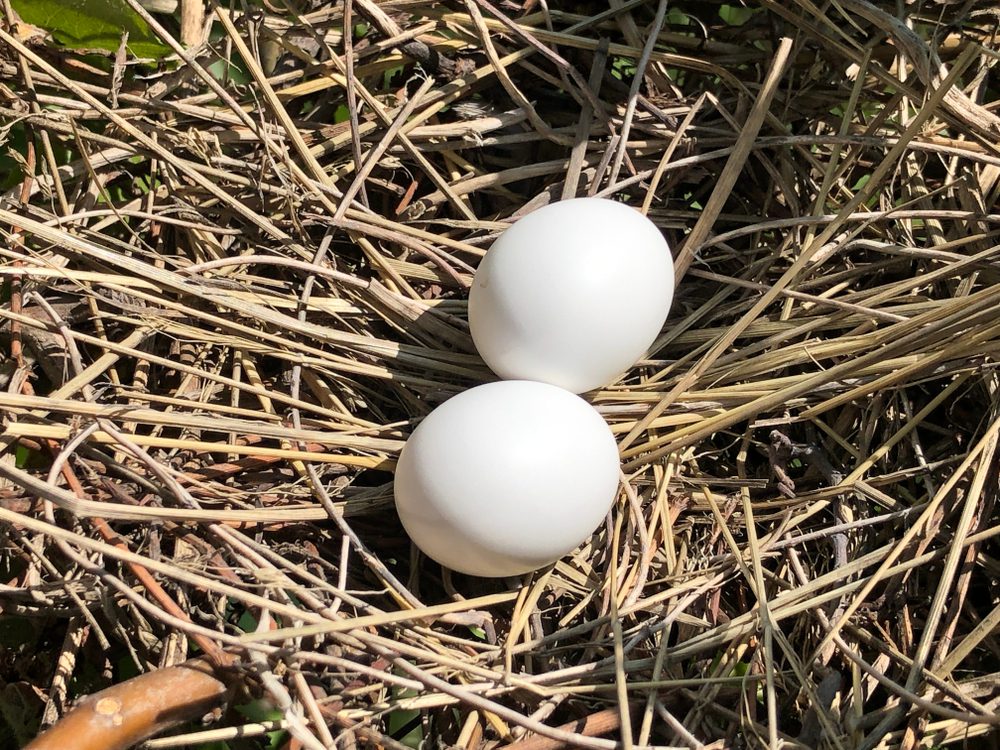
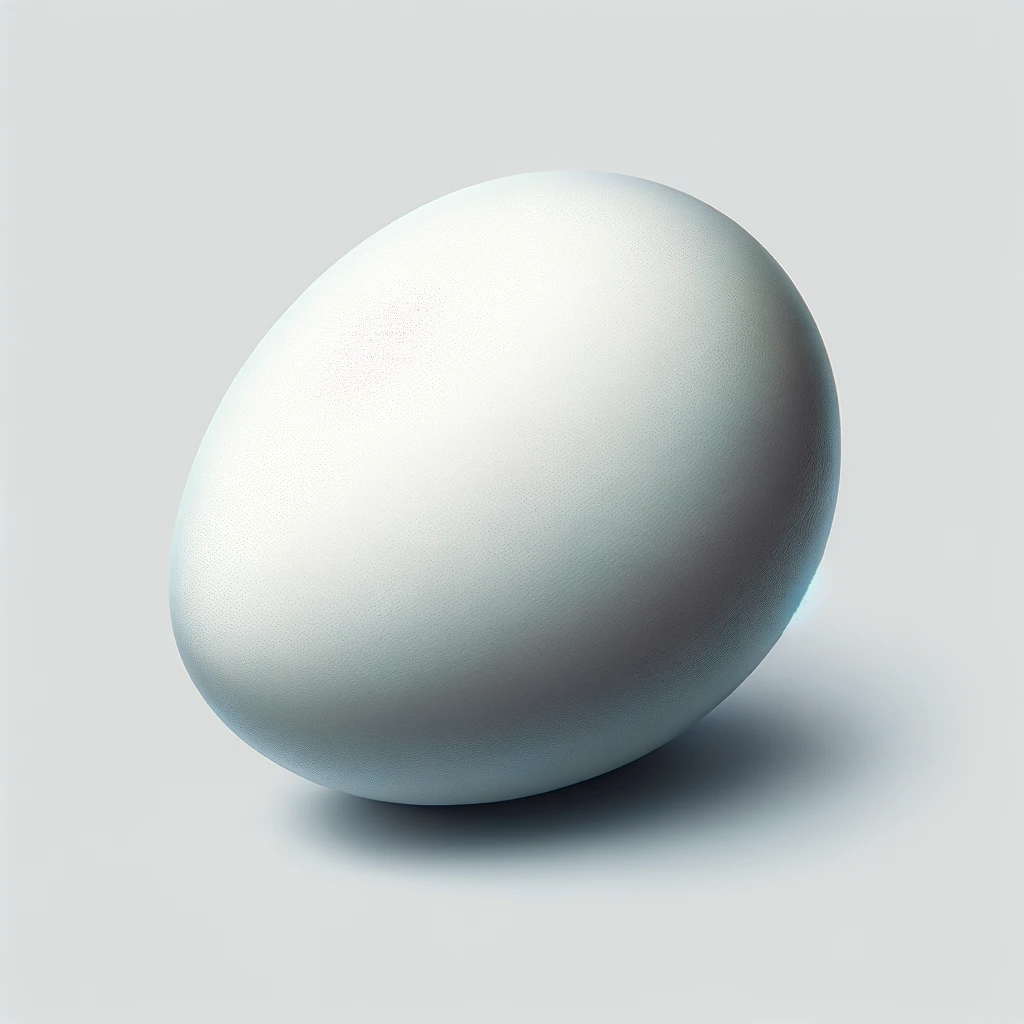
- Size: Mourning Dove eggs are medium-sized in comparison to other bird eggs. They usually measure about 0.8 to 1.1 inches (20 to 28 mm) in length and about 0.6 to 0.8 inches (15 to 20 mm) in width.
- Shape: The shape of these eggs is typically oval, but they tend to have a slightly more rounded appearance than some other bird eggs. This roundness gives them a somewhat distinctive look.
- Color: The color of Mourning Dove eggs is a uniform, creamy white. This simplicity in coloration is a notable feature, as the eggs lack any distinctive markings, spots, or speckles that are common in other bird eggs.
- Markings: Mourning Dove eggs are notable for their lack of markings. Unlike many bird eggs that have speckles, spots, or other patterns, these eggs have a smooth, unmarked surface which contributes to their minimalist appearance.
These characteristics make Mourning Dove eggs easily recognizable, with their smooth, creamy white surface and lack of any intricate markings or patterns.
6. Cardinal Bird

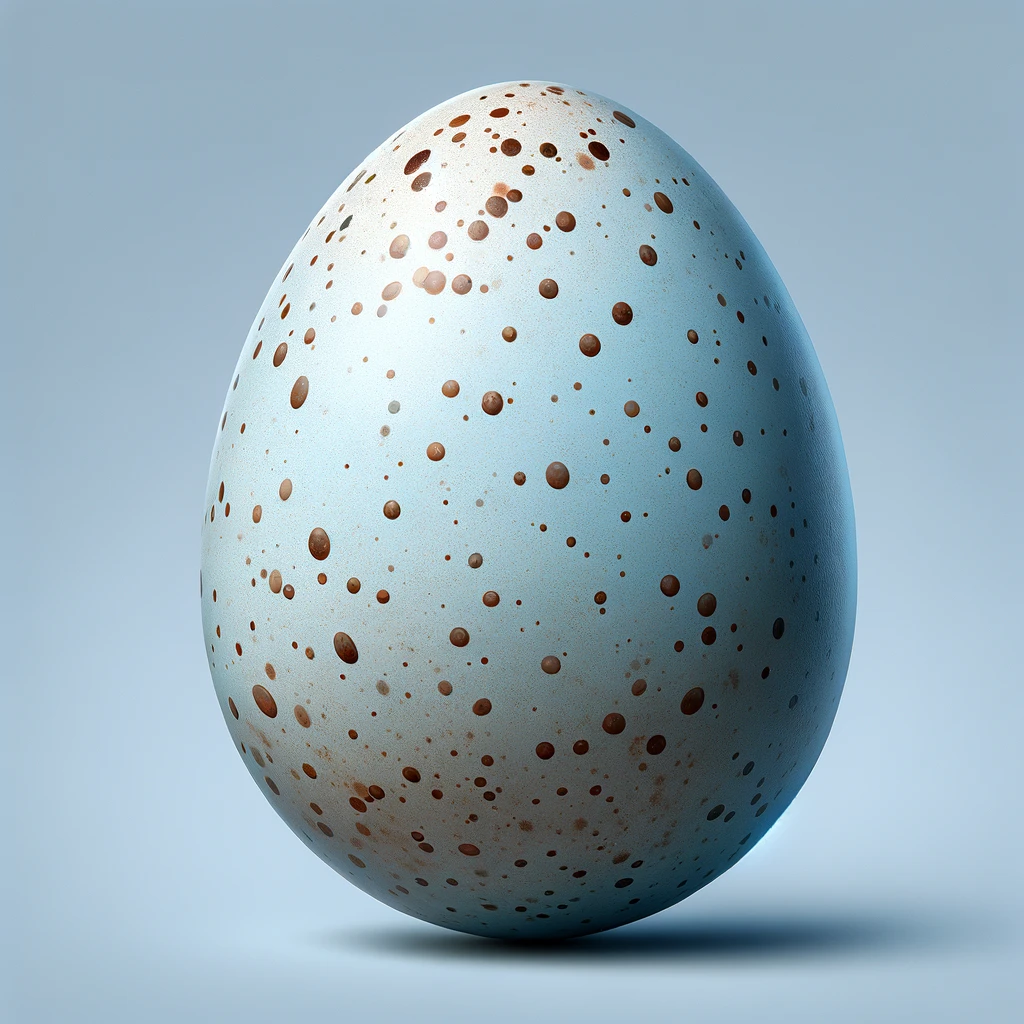
- Size: Northern Cardinal eggs are relatively small to medium in size. They typically measure about 0.9 to 1.1 inches (23 to 28 mm) in length and about 0.7 to 0.8 inches (18 to 21 mm) in width.
- Shape: The shape of these eggs is oval, a common characteristic among bird eggs. The oval shape is slightly elongated but well-proportioned.
- Color: The color of Northern Cardinal eggs is typically a pale blue or greenish-white. This subtle coloration provides a gentle background for the egg’s markings.
- Markings: One of the distinguishing features of Northern Cardinal eggs is their markings. They typically have sparse, small speckles or spots, primarily in shades of brown or gray. These markings are lightly scattered across the surface of the egg, adding to its distinctive appearance.
These features make the eggs of the Northern Cardinal easily identifiable, with their unique color and delicate patterning setting them apart from other bird eggs.
7. Woodpecker
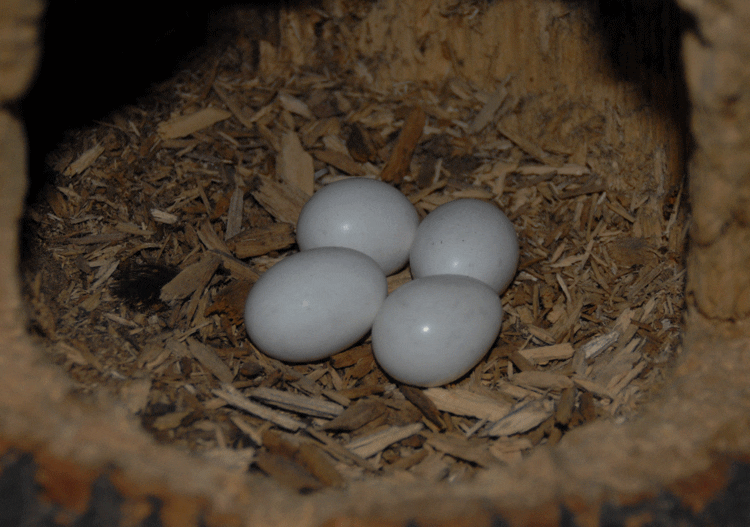
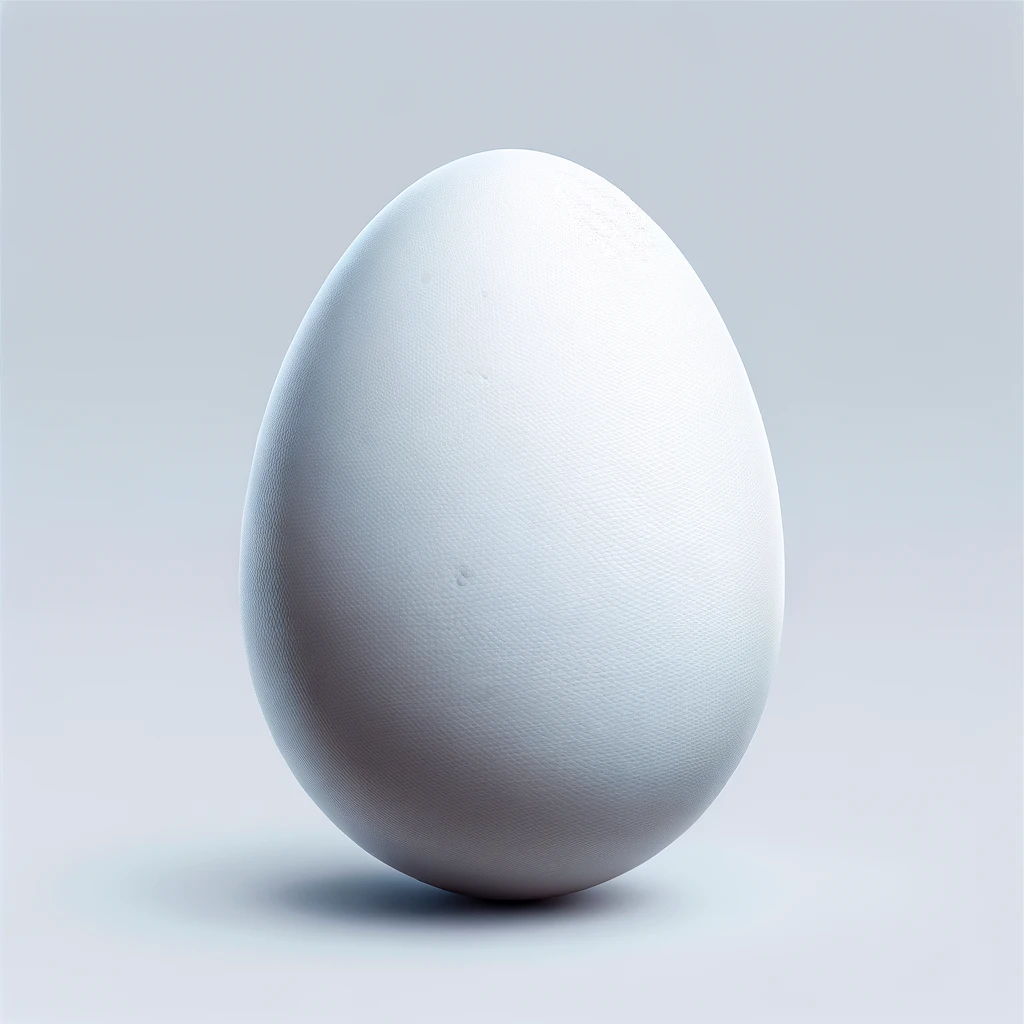
- Size: Woodpecker eggs are typically medium-sized in comparison to other bird eggs. They usually measure about 0.9 to 1.2 inches (23 to 30 mm) in length and about 0.7 to 0.9 inches (18 to 23 mm) in width.
- Shape: The shape of these eggs is generally oval, but they tend to be more elongated and less spherical compared to some other bird eggs. This elongation is a common feature in the eggs of tree-nesting birds like woodpeckers.
- Color: Woodpecker eggs are typically white or slightly off-white. The lack of coloration or camouflage is less of an issue for woodpeckers, as they nest in cavities that offer more protection and concealment.
- Markings: One notable feature of woodpecker eggs is the absence of significant markings, speckles, or spots. Their shells are smooth with a glossy finish, presenting a minimalist and unadorned appearance.
These characteristics make woodpecker eggs distinct, with their elongated shape and plain, unmarked appearance setting them apart from other bird eggs.
8. Bald eagle
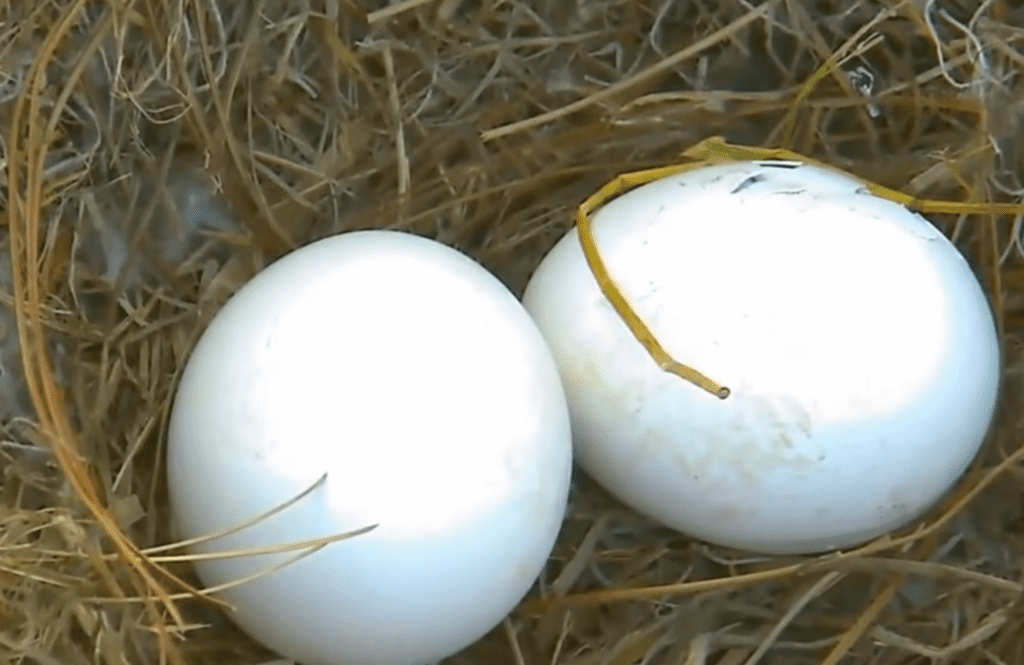
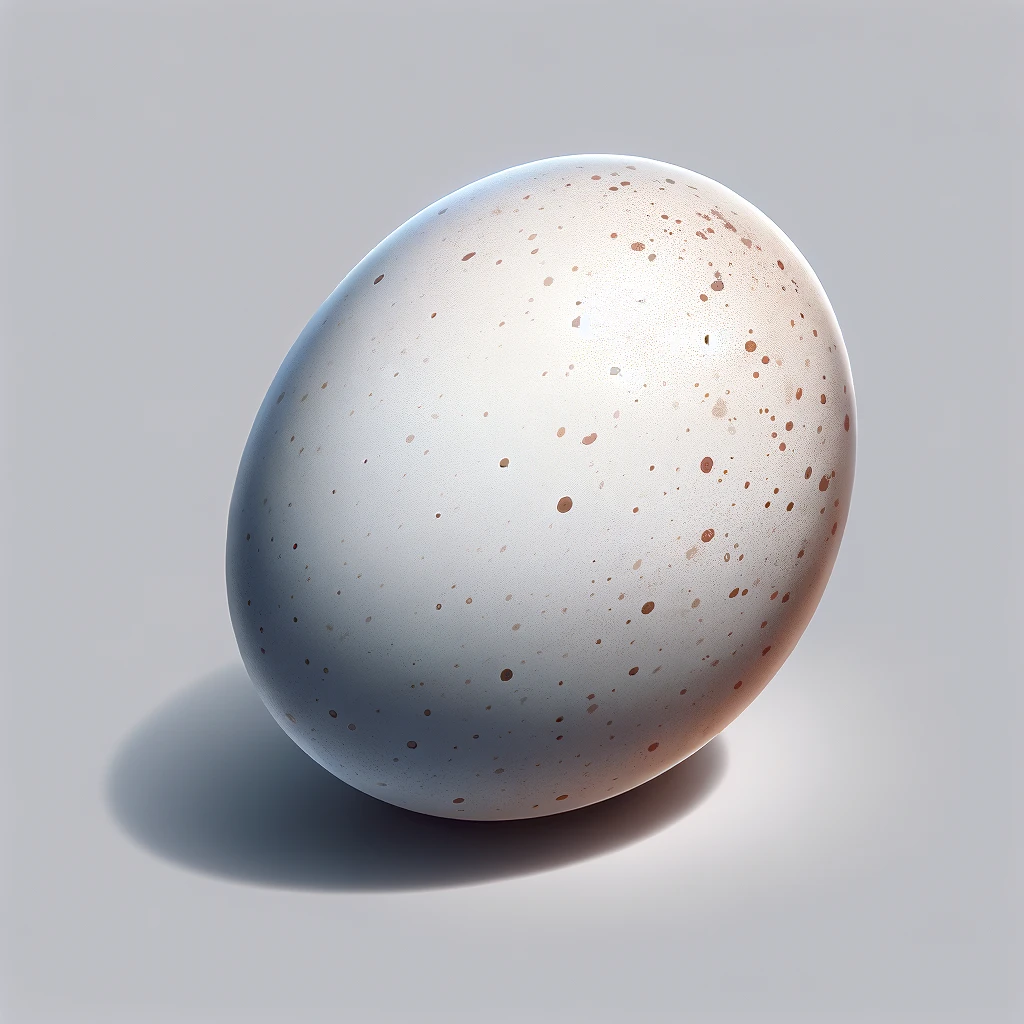
- Size: Bald Eagle eggs are quite large, reflecting the size of the bird itself. They typically measure about 2.9 to 3.3 inches (73 to 85 mm) in length and about 2 to 2.5 inches (50 to 64 mm) in width. This makes them among the largest bird eggs.
- Shape: The shape of Bald Eagle eggs is generally oval, but they are often slightly more rounded compared to other bird eggs. This gives them a somewhat bulbous appearance.
- Color: The color of Bald Eagle eggs is usually a dull white or off-white. Unlike the eggs of many smaller birds, they do not have bright colors or elaborate patterns, which is typical for raptor eggs.
- Markings: Bald Eagle eggs may have some light brownish or reddish splotches, but these markings are generally sparse and not as prominent as those found on some other bird eggs. The majority of the egg’s surface is plain, with the markings providing only subtle variations in color.
These features combine to give Bald Eagle eggs their unique appearance, making them distinguishable from the eggs of other birds, particularly due to their size and the subdued nature of their coloring and markings.
9. Great Horned Owl
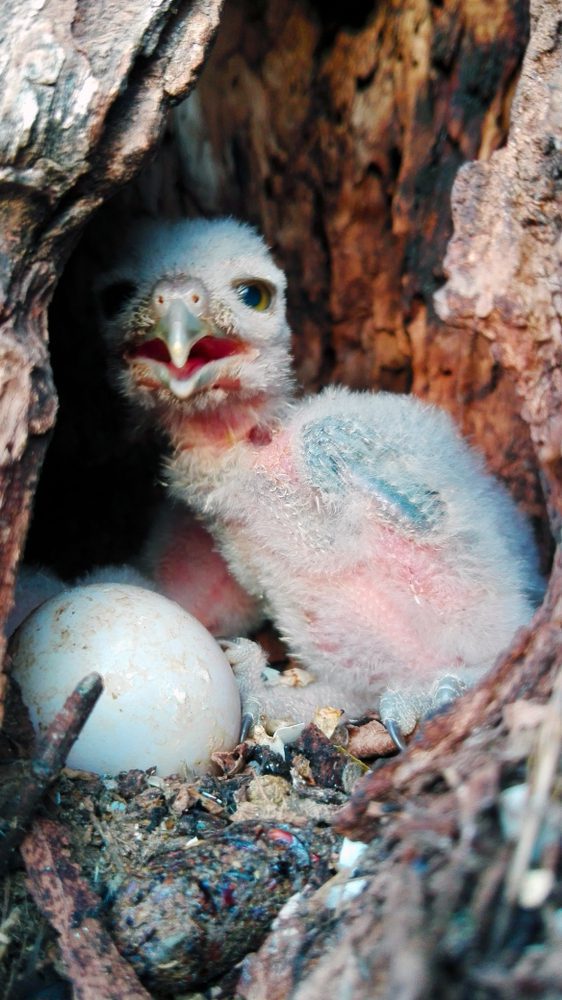
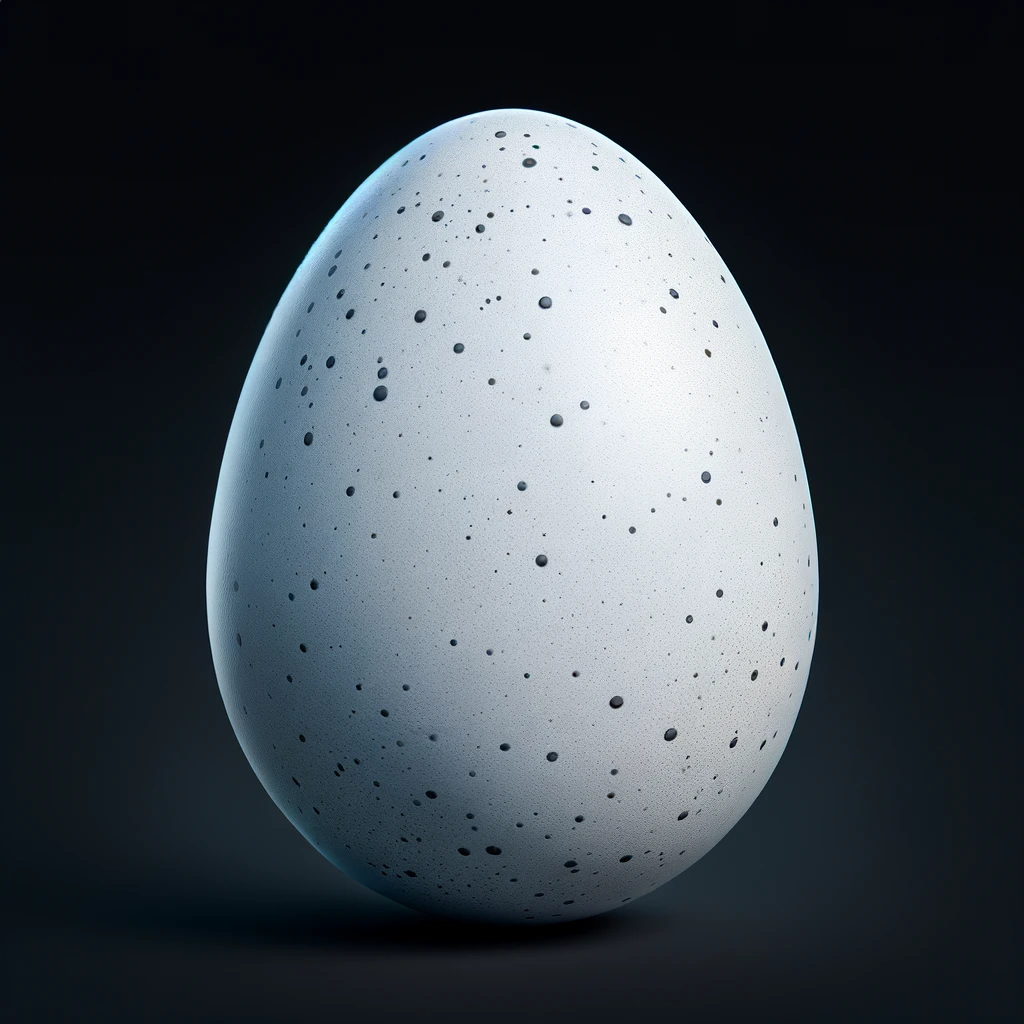
- Size: The eggs of the Great Horned Owl are large, especially in comparison to the eggs of smaller bird species. They typically measure about 2 to 2.5 inches (50 to 64 mm) in length and about 1.5 to 1.8 inches (38 to 46 mm) in width.
- Shape: These eggs have a shape that is broadly oval, but tends to be more rounded compared to the elongated oval shape of many other bird eggs. This rounded appearance is a common feature in owl eggs.
- Color: Great Horned Owl eggs are typically a uniform, glossy white. The absence of coloration or patterns is characteristic of many owl species, which contrasts with the more colorful and patterned eggs of many other birds.
- Markings: One notable feature of Great Horned Owl eggs is the lack of markings. They do not have spots, speckles, or other patterns that are commonly found on the eggs of other bird species. The surface of the egg is smooth and unadorned, contributing to a minimalist appearance.
These features combine to give Great Horned Owl eggs a distinctive look, characterized by their large size, rounded shape, and plain, unmarked white surface.
10. Osprey Bird
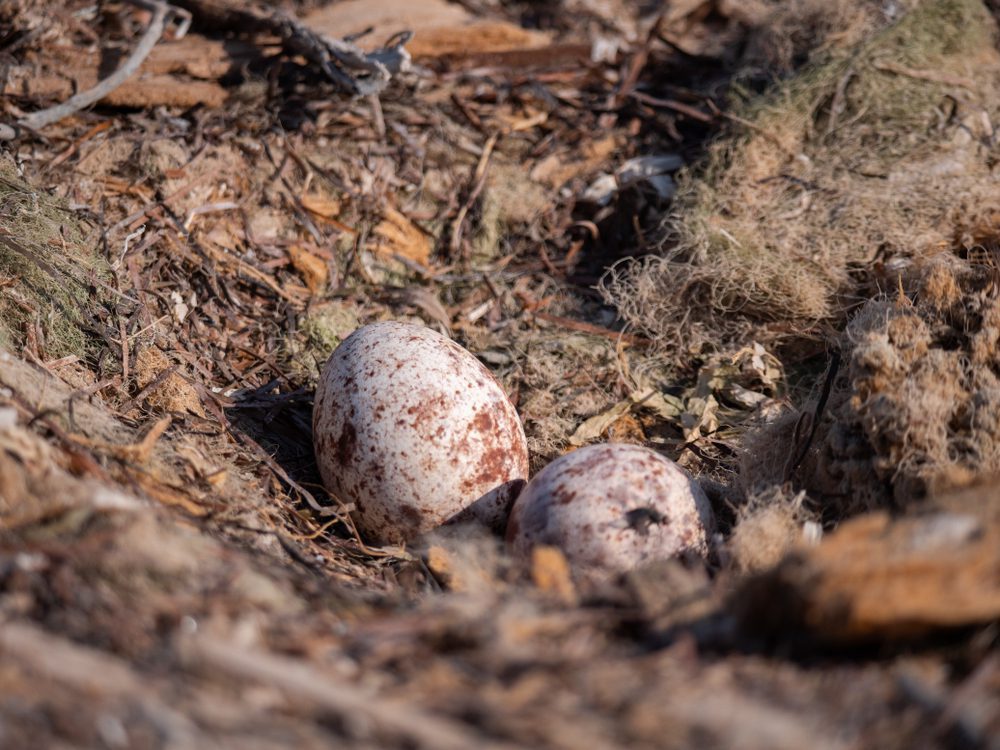

- Size: Osprey eggs are medium to large in size compared to other bird eggs. They typically measure about 2.4 to 2.7 inches (60 to 68 mm) in length and about 1.8 to 2.0 inches (45 to 50 mm) in width.
- Shape: The shape of Osprey eggs is generally a rounded oval, typical of raptor eggs. This rounded oval shape is more symmetrical compared to the elongated ovals seen in some other bird species.
- Color: The base color of Osprey eggs is usually a creamy off-white. This lighter background allows the markings to stand out prominently.
- Markings: One of the distinguishing features of Osprey eggs is their markings. They often have darker spots or blotches, usually in shades of brown or reddish-brown. These markings can vary in size and intensity but are typically concentrated at the larger end of the egg, creating a distinct and somewhat irregular pattern.
These features make the eggs of the Osprey easily identifiable, with their unique color pattern and rounded shape setting them apart from the eggs of other bird species.
Step-by-Step Guide to Using the Chart
Step 1: Gather necessary materials
Bird egg identification chart
The first thing you need is a good bird egg identification chart. You can find these in birdwatching books, field guides, or reputable online resources. Make sure your chart is comprehensive and includes the bird species commonly found in your area.
Field guide or reference book
A field guide or reference book complements the chart by providing additional details about each species and their eggs. It often includes photographs or illustrations that can help confirm your identification. You can also learn more
Magnifying glass
Some egg characteristics can be quite subtle. A magnifying glass can help you observe these finer details more accurately.
Step 2: Observe the egg
Note the size, shape, and color
Begin by examining the egg’s basic features – its size, shape, and color. Use a ruler or tape measure to get an accurate measurement of the egg’s size. Note if it’s round, oval, or has a pointy end. Describe its color accurately, if possible, compare it with a color palette for precision.
Examine any markings or patterns
Look closely for any spots, streaks, blotches, or other markings on the egg’s surface. They can be crucial clues in the identification process. Also, note any specific patterns – are the spots scattered randomly, or do they form a particular design?
Check for unique features or characteristics
Lastly, look out for any unique features that could set this egg apart. This could be anything from a distinct texture to an unusual luster.
Step 3: Match the egg to the chart
Use the size and color categories to narrow down options
With your detailed observations in hand, it’s time to use the chart. Begin by narrowing down your options using the size and color categories. For instance, if you have a medium-sized blue egg, focus on those entries in the chart.
Compare markings and patterns to find a match
Next, compare the egg’s markings and patterns with those listed in the chart. Look for a match that aligns with your observations. Remember, the more detailed your notes, the easier this step will be.
Cross-reference with the information provided in the chart
Once you find a potential match, cross-reference this with other information in the chart. Does the egg’s shape match too? What about any unique features?
Step 4: Confirm the identification
Consult the field guide or reference book for additional details
After zeroing in on a probable species, consult your field guide or reference book. Look for additional details or characteristics that can confirm your identification. This could include information about the bird’s habitat, breeding season, or behavioral traits.
Look for photographs or illustrations to compare
Lastly, look for photographs or illustrations of the bird’s egg in your guide. Compare these with the egg you’ve observed to ensure a match.
Tips and Tricks for Using the Bird Egg Identification Chart
Take clear and detailed notes during the observation process
Detailed notes are your best friend in this process. The more data you record about the egg, the easier it will be to identify. Don’t rush – take your time observing and documenting each feature.
Use a magnifying glass to examine smaller details
A magnifying glass canbe incredibly useful when examining smaller details of an egg. It can help you spot subtle markings or patterns that may not be visible to the naked eye. Make sure to use a magnifying glass with a comfortable grip and good clarity for optimal results.
Seek help from experts or online communities if unsure of an identification
If you’re unsure about the identification of a particular egg, don’t hesitate to seek help from experts or online communities dedicated to birdwatching and ornithology. Sharing your observations and photographs can lead to valuable insights and confirmations from experienced individuals.
Wrap Up This Guide
Utilizing a bird egg identification chart is an exciting and rewarding journey into the world of birdwatching and ornithology. By carefully observing and comparing the characteristics of an egg, you can unravel the mystery of which species it belongs to. Remember to gather the necessary materials, take detailed notes, and cross-reference your findings with field guides or reference books for accurate identifications.

